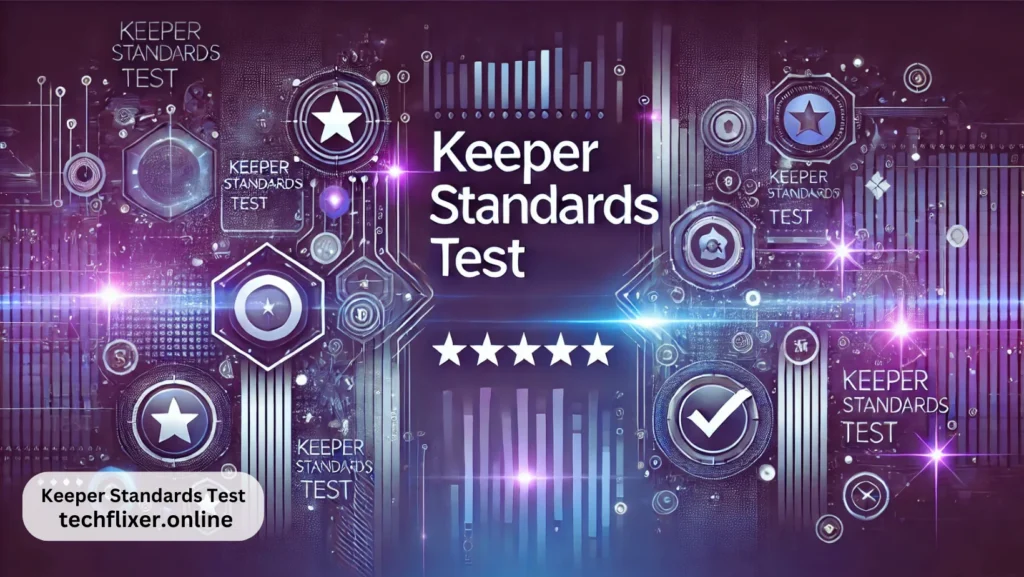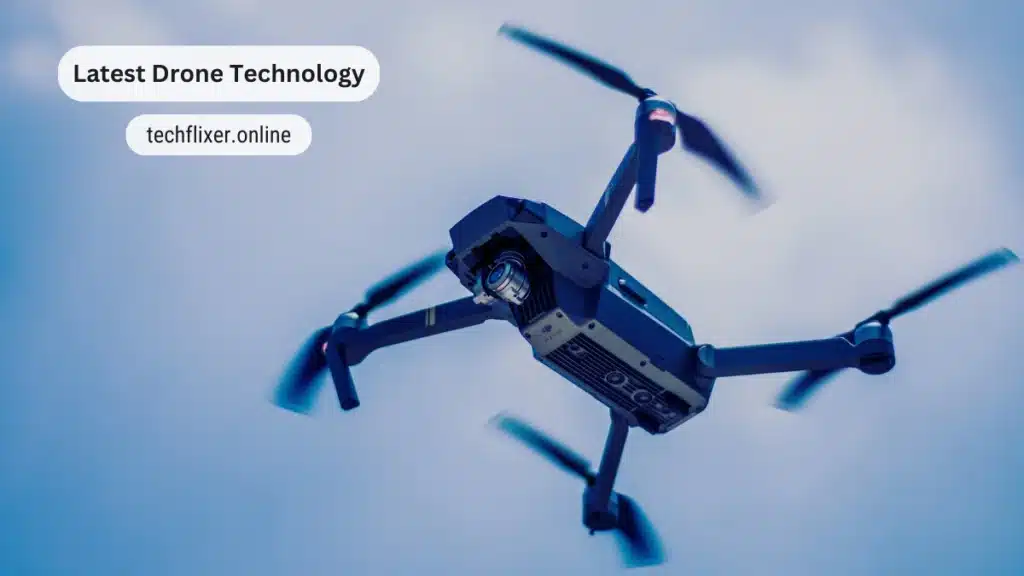Robotic Process Automation Example – How RPA Transforms Industries

Robotic Process Automation Example
Robotic Process Automation example is an option that automates repetitive and rule-based tasks by mimicking human actions within digital systems. It enables businesses to improve efficiency, reduce errors, and save operational costs by using software bots. These bots can log into applications, enter data, process transactions, and generate reports without human intervention.
Unlike traditional automation, which requires coding and deep system integration, RPA works at the user interface level, making it easier to deploy without significant changes to the existing IT infrastructure. RPA is widely used across industries, including finance, healthcare, retail, and banking, to streamline operations and enhance productivity.
Key Features of RPA
- Automates Repetitive Tasks – RPA eliminates manual effort for tasks like data entry, report generation, and order processing.
- Enhances Accuracy – Unlike humans, bots do not make calculation errors, reducing discrepancies in data.
- Works 24/7 – Software bots operate continuously without breaks, ensuring faster task completion.
- Scalable & Flexible – Businesses can scale RPA solutions based on demand without hiring additional employees.
- Non-Intrusive Implementation – RPA can be implemented without modifying the existing IT structure, making it cost-effective and easy to deploy.
Robotic Process Automation Examples in Different Industries
Robotic Process Automation Example in Finance
The finance industry extensively uses RPA to automate manual tasks that involve data processing and compliance. Some key examples include:
- Invoice Processing – Bots extract data from invoices, validate details, and update financial records.
- Fraud Detection – RPA tools analyze transaction patterns and flag suspicious activities for review.
- Tax Reporting – Automated bots collect and compile financial data to generate tax reports efficiently.
- Account Reconciliation – RPA matches and verifies financial records across multiple databases, reducing errors.
By automating these processes, financial institutions minimize operational costs, enhance accuracy, and improve compliance with regulatory standards.
Robotic Process Automation Example in Banking
The banking sector benefits significantly from RPA by automating front-office and back-office operations. Some common applications include:
- Loan Processing – RPA verifies customer documents, extracts relevant information, and processes loan approvals.
- Customer KYC (Know Your Customer) – Bots validate customer identity by cross-checking information with databases.
- Automated Customer Support – Chatbots powered by RPA handle basic customer queries, reducing the workload of human agents.
- ATM Reconciliation – RPA automates cash reconciliation in ATMs, ensuring accurate balance records.
Banks that implement RPA witness faster customer service, improved security, and reduced operational costs.
Robotic Process Automation Example in Healthcare
The healthcare industry relies on RPA to manage patient data, insurance claims, and administrative workflows. Some real-world applications include:
- Appointment Scheduling – Bots handle patient appointment bookings, reducing wait times.
- Medical Billing & Claims Processing – RPA automates insurance claims verification and billing, improving efficiency.
- Electronic Health Records (EHR) Management – Bots update and retrieve patient records quickly, ensuring better patient care.
- Regulatory Compliance – Automated bots generate reports for regulatory bodies, reducing human errors in compliance documentation.
By automating these critical tasks, hospitals and healthcare providers can focus more on patient care while reducing administrative burdens.
Robotic Process Automation Example in Retail & E-Commerce
RPA plays a vital role in optimizing retail operations, improving customer experience, and managing supply chains. Some key use cases include:
- Order Processing – Bots handle order placements, updates, and inventory management seamlessly.
- Customer Returns & Refunds – RPA automates refund approvals and return tracking for better customer service.
- Price Monitoring & Competitor Analysis – Bots analyze competitor prices and adjust product pricing dynamically.
- Marketing & Promotions – Automated tools send personalized promotional emails based on customer behavior.
Retail businesses that leverage RPA experience higher efficiency, increased sales, and improved customer satisfaction.
Robotic Process Automation Example in Human Resources (HR)
HR departments use RPA to streamline hiring, employee onboarding, and payroll processing. Some common examples include:
- Resume Screening – Bots filter resumes based on job requirements, saving recruiters time.
- Employee Onboarding – Automated systems create employee profiles, assign training, and process documents.
- Payroll Processing – RPA ensures accurate salary calculations and tax deductions.
- Leave & Attendance Management – Bots track employee attendance and leave requests, reducing manual effort.
By integrating RPA, HR teams can enhance workforce management and improve the employee experience.
Benefits of Robotic Process Automation
Increased Efficiency & Productivity
RPA bots work faster than humans, reducing process completion times and improving overall efficiency.
Improved Accuracy & Compliance
Since bots follow predefined rules, they eliminate human errors in data entry and calculations, ensuring compliance with industry regulations.
Cost Savings
By automating repetitive tasks, businesses reduce labor costs and improve operational efficiency, leading to significant savings.
Scalability & Adaptability
Robotic Process Automation example solutions can be easily scaled to handle increased workloads during peak seasons without additional hiring.
Better Customer Experience
Automated systems respond faster to customer queries and service requests, improving customer satisfaction.
How to Implement Robotic Process Automation Example?
Organizations must follow a structured approach to successfully implement RPA. The key steps include:
- Identify Processes for Automation – Select repetitive, rule-based tasks with high manual effort and low complexity.
- Choose the Right RPA Tool – Popular RPA tools include UiPath, Blue Prism, and Automation Anywhere.
- Develop a Pilot Project – Start with a small-scale implementation to assess feasibility and effectiveness.
- Deploy & Integrate RPA Bots – Implement bots across business processes and integrate them with existing systems.
- Monitor & Optimize Performance – Continuously track RPA performance and refine workflows for maximum efficiency.
Top Robotic Process Automation Companies
Several leading companies provide advanced RPA solutions to businesses worldwide:
- UiPath – A leading RPA provider offering scalable automation solutions.
- Blue Prism – Specializes in enterprise-grade automation with AI capabilities.
- Automation Anywhere – Provides cloud-based RPA tools for businesses of all sizes.
- Pegasystems – Integrates AI-driven automation for complex workflows.
Organizations looking to implement RPA can choose from these providers based on their specific needs and industry requirements.
The Future of Robotic Process Automation
As technology evolves, RPA is expected to integrate with Artificial Intelligence (AI) and Machine Learning (ML) to enable intelligent automation. Future developments may include:
- Cognitive Automation – Combining AI with RPA to process unstructured data and make decisions.
- Advanced Chatbots – AI-powered virtual assistants that handle complex customer interactions.
- Hyperautomation – End-to-end automation solutions that streamline entire business processes.
- Expanded Industry Adoption – More industries, including logistics, insurance, and government, will embrace RPA.
Frequently Asked Questions (FAQs)
How does robotic process automation differ from intelligent automation?
Robotic Process Automation example automates repetitive tasks using predefined rules, while intelligent automation integrates AI and machine learning to make data-driven decisions. Intelligent automation can learn and adapt, whereas RPA follows fixed instructions.
What is robotic process automation in banking?
Robotic Process Automation example in banking automates tasks like customer KYC verification, loan processing, and fraud detection. It improves efficiency, reduces errors, and ensures compliance with financial regulations.
How to implement robotic process automation?
To implement RPA, businesses must identify suitable processes, select an RPA tool, test a pilot project, integrate bots into operations, and continuously monitor their performance for optimization.
What are the benefits of robotic process automation in finance?
Robotic Process Automation example in finance automates invoice processing, fraud detection, and tax reporting, enhancing accuracy, reducing costs, and improving compliance with financial regulations.
Which industries benefit most from robotic process automation?
Industries like finance, healthcare, retail, and banking benefit the most from RPA by automating repetitive tasks, improving efficiency, and reducing operational costs.
Conclusion
Robotic Process Automation example is transforming businesses by automating repetitive tasks, reducing errors, and enhancing efficiency. As organizations continue to adopt RPA, they will experience improved productivity, lower costs, and better customer experiences on Tech Flixer.
Read More!
Artificial Intelligence in Cybersecurity – Opportunities and Risks



































